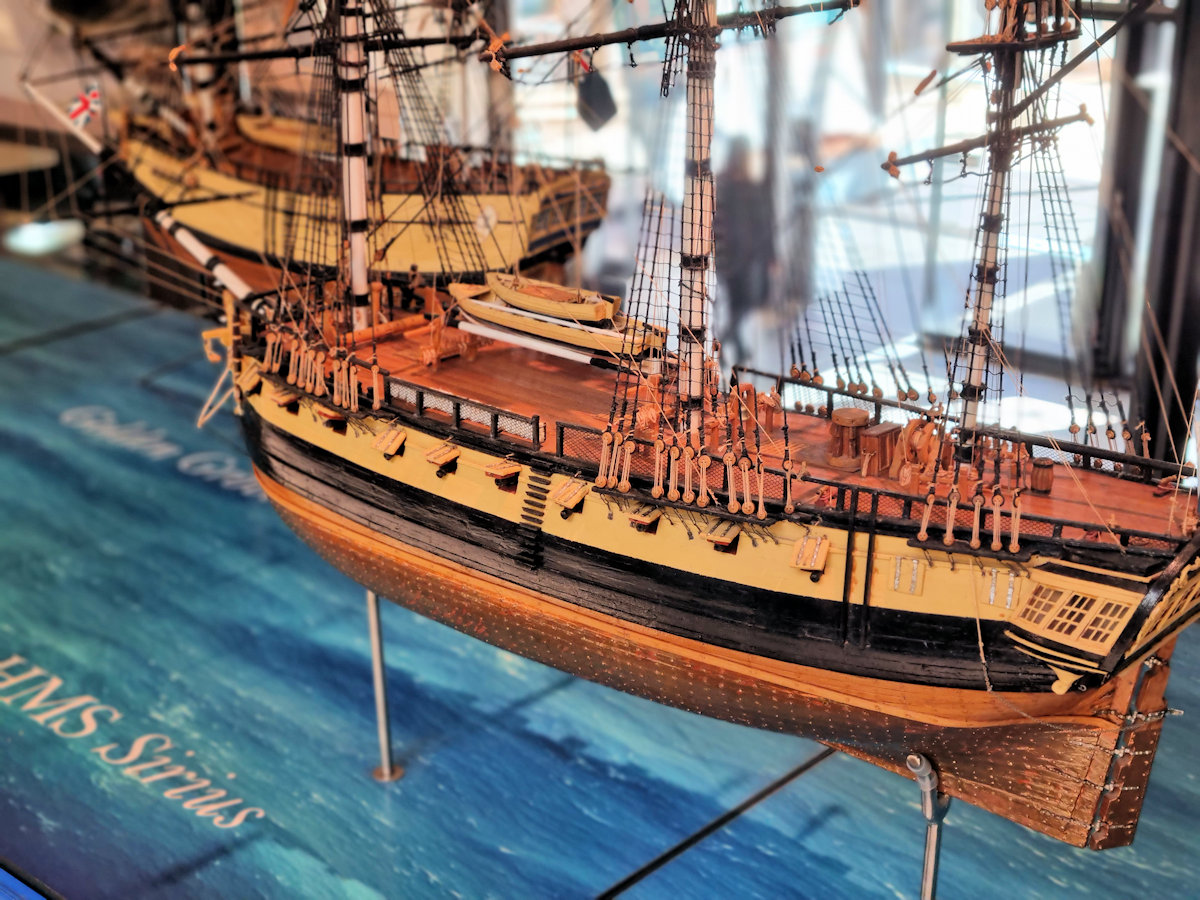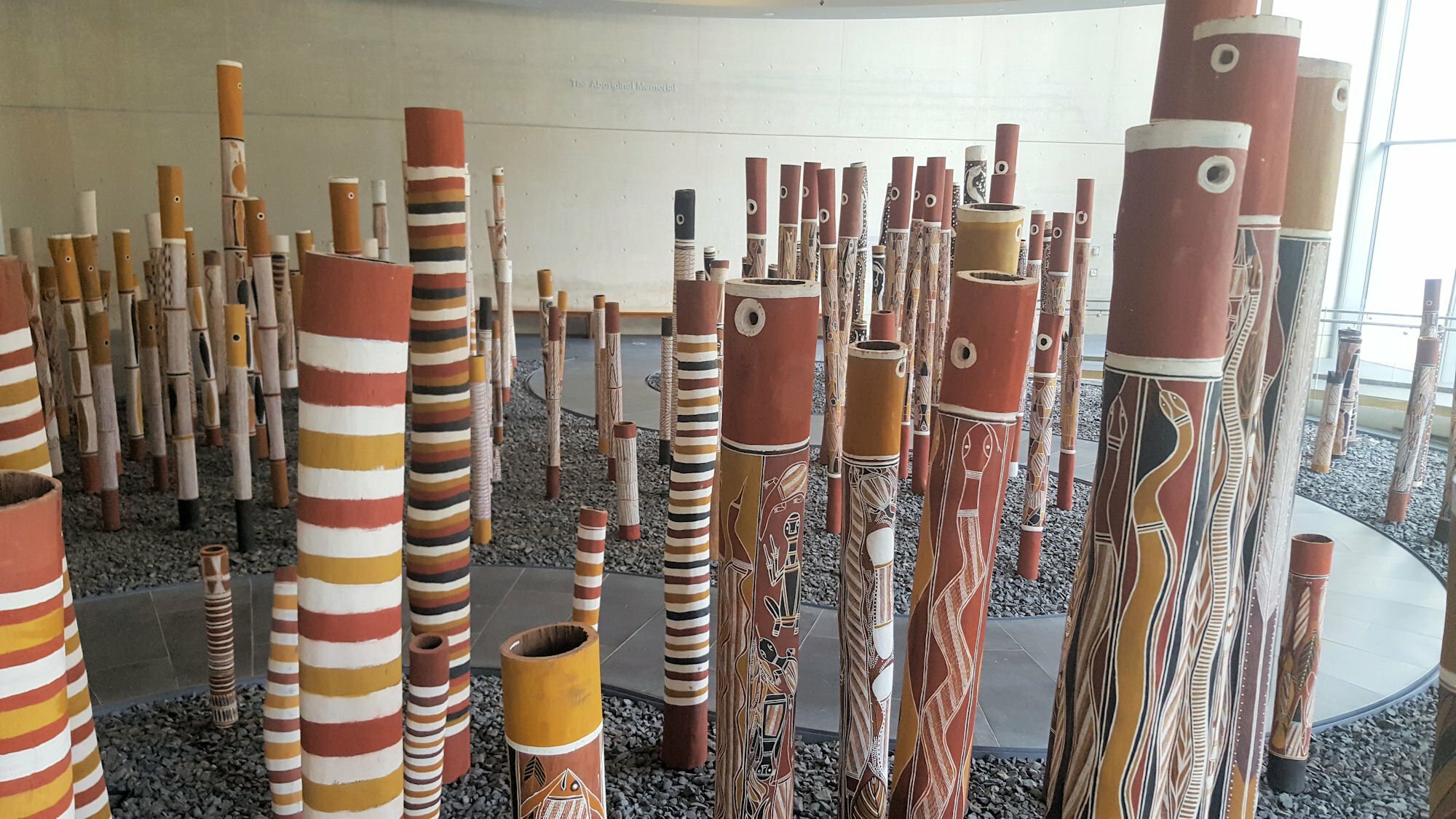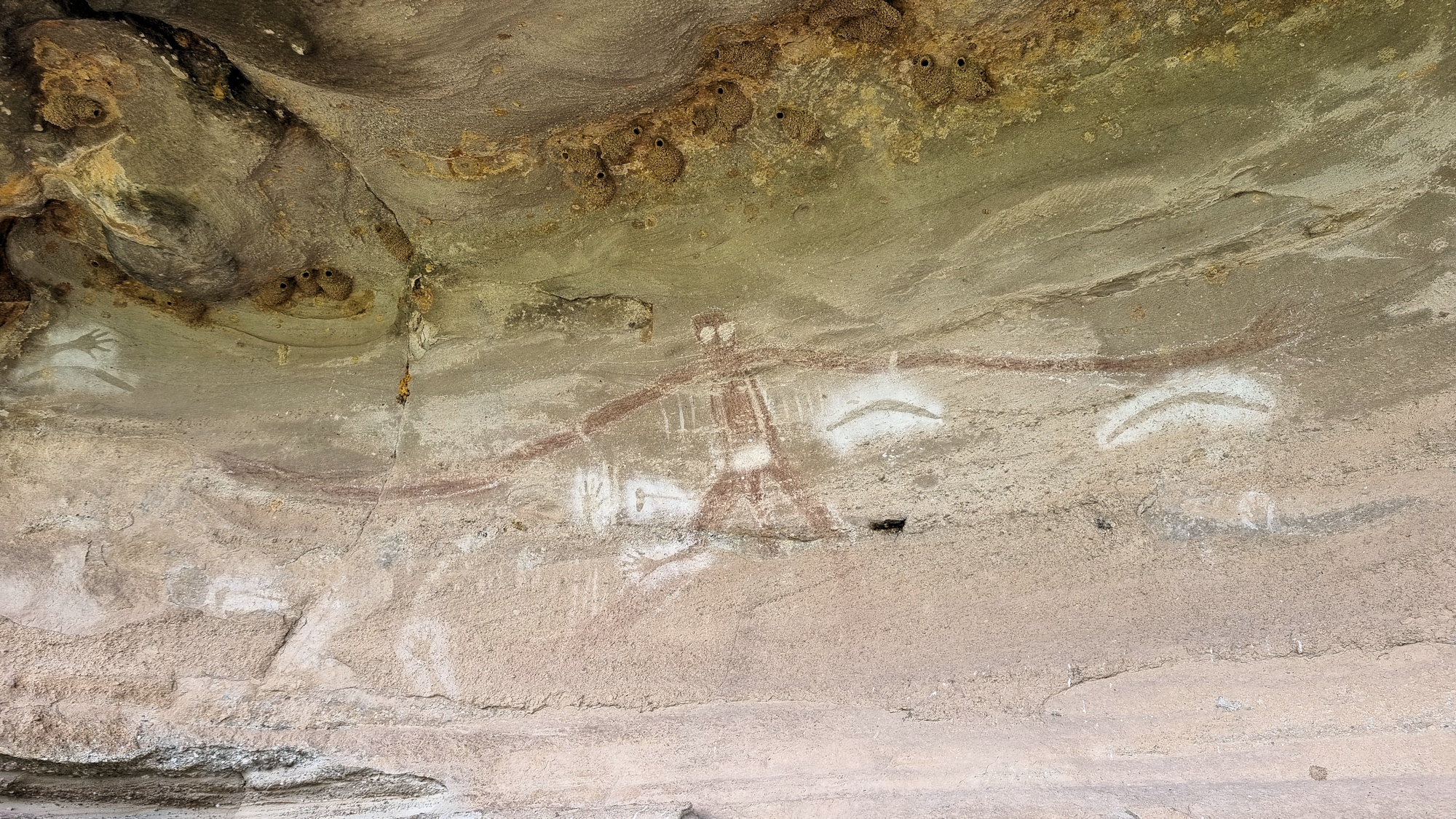Category: Aboriginal
-
Museum of Sydney

Museum of Sydney Located on Bridge St, not far from Circular Quay, the Museum of Sydney focuses on the history of the city with an emphasis on the impact white settlement had and still has on Aboriginal People. Getting There As with many attractions in Sydney, public transport is the easiest and cheapest way to… Read more
-
National Gallery of Australia

National Gallery of Australia Located on the south side of Lake Burley Griffin in Canberra, the National Gallery of Australia houses the most valuable art collection in the country. Limited parking is available onsite, but we chose to park at Questacon, where a large carpark is available. This also means that you are close to… Read more
-
Baiame Cave Milbrodale Hunter Valley

Baiame Cave Milbrodale Hunter Valley It’s amazing what you can find close to home that you didn’t know existed! It’s even on the local council website, but we somehow failed to see it. About 25 minutes down the Putty Road from Singleton, the Baiame Cave at Milbrodale contains a significant example of Aboriginal art. Significance… Read more